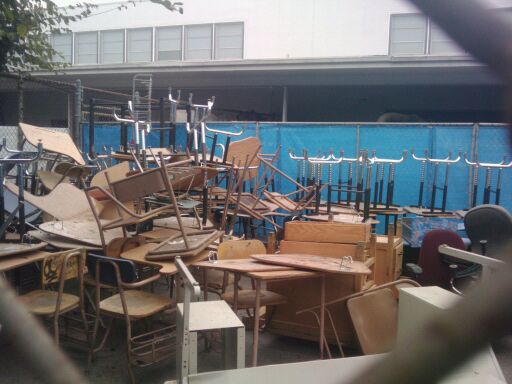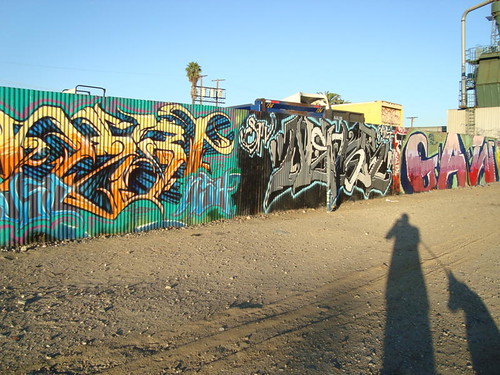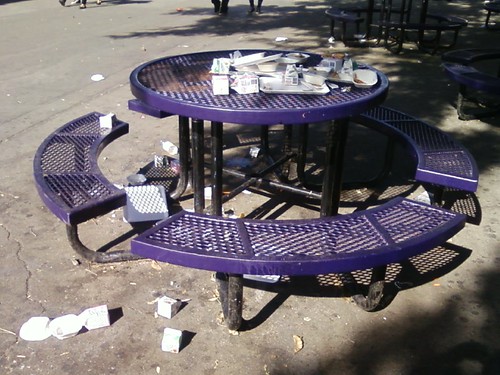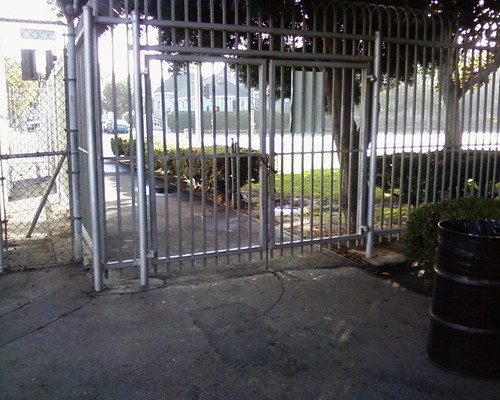
In the past two days, I’ve received no less than five emails asking me if I’ve seen this article (I have now … thanks to each of you!). Apparently my research interests have been made pretty explicit at this point.
In any case, I was reminded of a couple of impromptu lessons I created that I’d like to share briefly, related to new media and its application within the classroom.
Google Image Search & Assumptions about Success
After a brief writing exercise in which students projected and wrote about their lives ten years in the future, we took to the Internet. As students described the careers they are interested in pursuing – doctor, lawyer, architect, astronomer, engineer, etc. – we typed each word into Google’s image search*. For the most part, the search results didn’t surprise – predominantly white, male faces showed up as the top results. (Try this, if you haven’t already.) As a class, we talked about what the search represented and why it was one that didn’t reflect our class and community demographics. The lesson was a place to continue our application of fancy words like “hegemony” and “counter-narrative” and to think about how this image search could be changed in the future.
I haven’t written this out yet, but I think a next step for us will be to simulate an aggregate search within the classroom on post-it notes. I need to tweak this, but perhaps it will be similar to an analog game like Go Fish or even Pictionary. I think if we can replicate a model where the faces of success look like the ones in our classroom, we can think more critically about applying the experience to the larger world.
* A student – based on his own “experiments” – warned me not to image search “nurse.” I appreciated his candor, but think that – in the future – that search will be ripe for discussion about gender stereotypes and sexual objectification.
Photographing an Argument

The next assignment was just as simple. Students needed to email or text me a photo they took somewhere in their neighborhood. They would then use the photo to construct an essay-length argument about their community. By the following week, students shared their photos in small groups and then hosted a class-wide curated slide show. (My students took all of the photos in this post in and around our school.)

Again, the assignment itself isn’t novel. However, I found it impressive how – other than a few students that didn’t adhere to the deadline and subsequently borrowed my classroom camera to snap shots around the school – the majority of the students were able to quickly text or email me their photos on time. That our school’s wireless network is faulty or not open to student access, that many students don’t own computers, and the many other concerns that educators have with technology didn’t stand in the way of students taking carefully constructed photos and getting them to me in a way that could be easily shared and projected. Further, if you haven’t been snapping photos on your phone lately, you’d be impressed with the quality. And hearing students discuss the angles, lighting, color, and compositional features of their pictures was also promising. Did mobile media revolutionize my curriculum? No. It did, however, validate the skills and abilities my students had and helped bridge them toward standards-aligned instruction.

A Few Summative Thoughts
Going back to the article that kick started this post, I guess my larger concern with mobile media isn’t if students are cheating or abusing their phone privileges. Instead, I’m interested in student positioning and understanding of the mobile device and of themselves as authors and creators. As we inevitably move toward the eventual acceptance of phones in the classroom, it will be useful for us to construct a foundation on which students can think responsibly about media and their role in consuming and creating it. This may sound like I’m either spewing abstract hogwash or stating the obvious to some, depending on where you stand on the tech debate. I’ll be piloting this theoretical foundation within my classroom later this year, with activities and texts ranging from cell phone ”Freeze Tag” (for lack of a better name) to diving into the words of Bruno Latour. Of course suggestions are always considered and appreciated.
Pingback: The American Crawl :: More Stories from Google Image Search
Pingback: The American Crawl :: Optimum Conditions